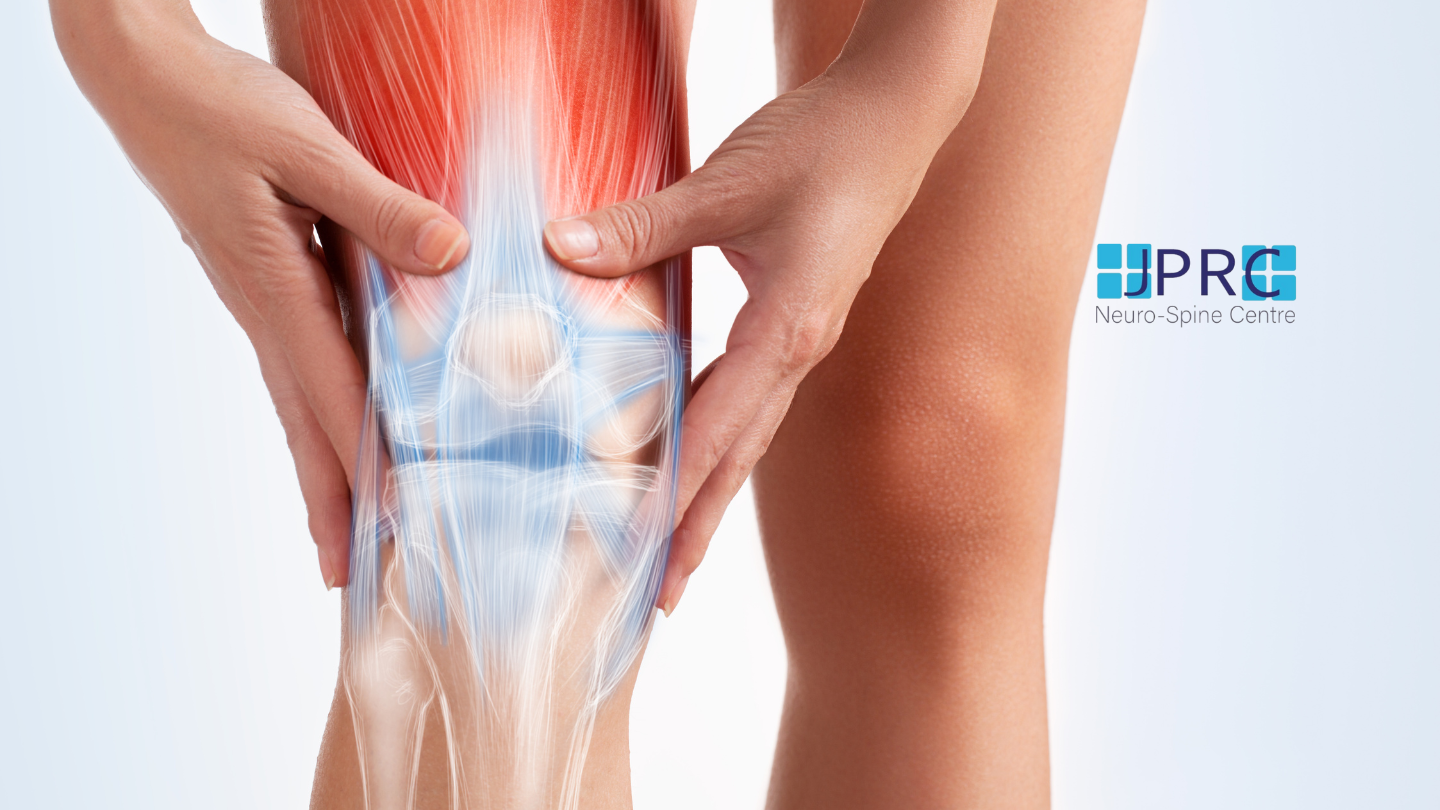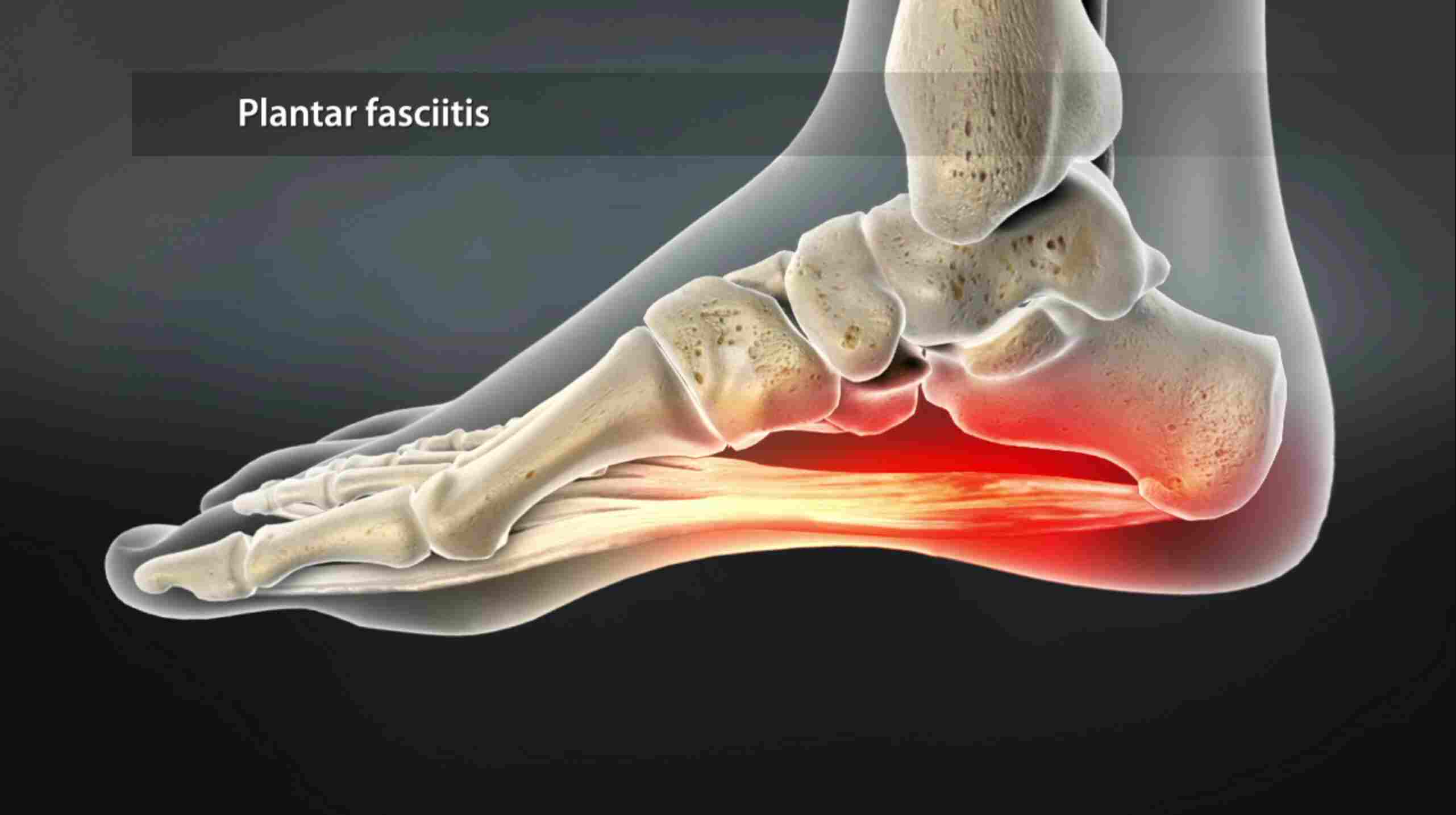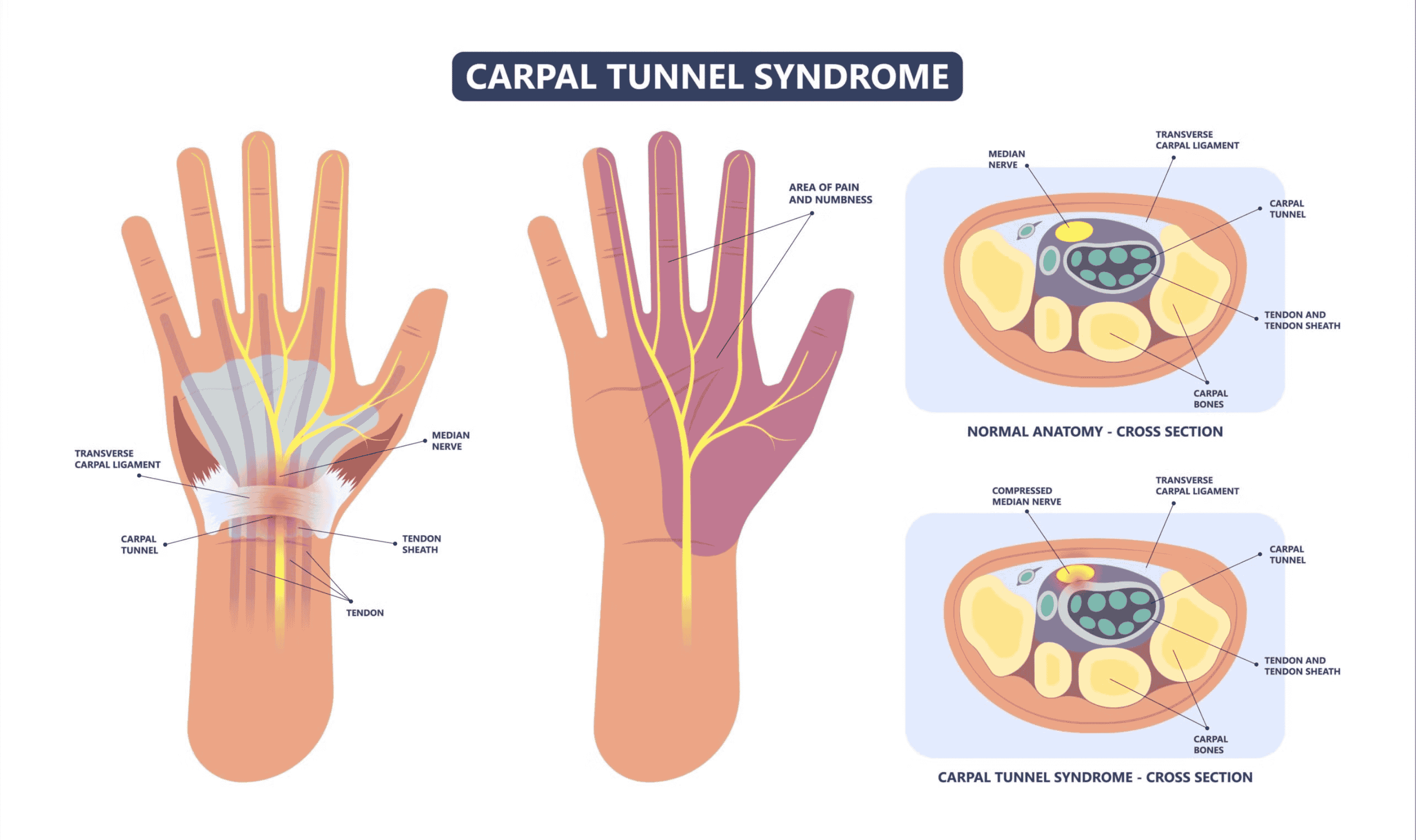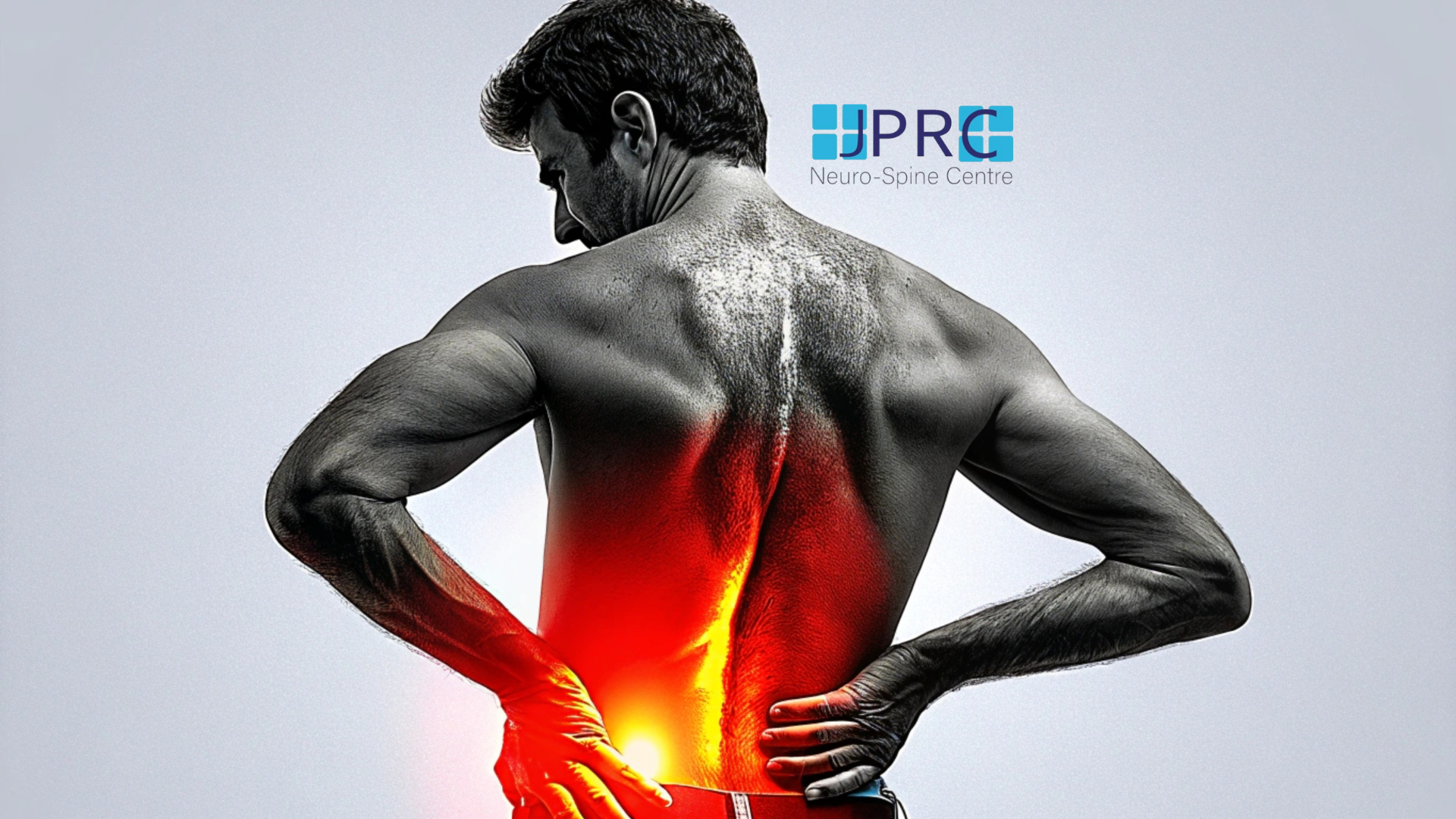Understanding Back Pain: Causes, Symptoms, and Treatment Options
Back pain is one of the most common medical complaints, affecting millions of people worldwide. Whether it’s a dull ache or sharp pain, back discomfort can significantly impact your daily life. Let’s delve into the causes, symptoms, and treatment options for back pain to help you find the relief you need.
Causes of Back Pain
Back pain can result from various factors, including:
- Muscle or Ligament Strain: Overexertion, heavy lifting, or sudden movements can strain the muscles or ligaments in your back.
- Herniated or Bulging Discs: The spinal discs act as cushions between the vertebrae. A slipped or herniated disc can press on nerves, causing pain.
- Arthritis: Osteoarthritis can affect the lower back, potentially leading to spinal stenosis.
- Sciatica: Pain radiating down the leg caused by irritation or compression of the sciatic nerve.
- Postural Issues: Poor posture while sitting, standing, or sleeping can contribute to chronic back pain.
- Injuries: Accidents or falls can lead to fractures, sprains, or other injuries to the spine.
Symptoms of Back Pain
The symptoms of back pain can vary depending on the underlying cause:
- Localized Pain: Pain in a specific area of the back, such as the lower back or upper back.
- Radiating Pain: Pain that travels to the legs, buttocks, or shoulders.
- Stiffness: Difficulty in moving or bending due to stiffness in the back.
- Numbness or Tingling: A sign that nerves may be affected, often associated with conditions like sciatica.
When to See a Doctor
It’s crucial to consult a healthcare provider if:
- The pain persists for more than a few weeks.
- The pain is severe and doesn’t improve with rest.
- You experience numbness, tingling, or weakness in the legs.
- There is unexplained weight loss or fever alongside back pain.
Treatment Options for Back Pain
Thankfully, there are several effective treatments for back pain:
Non-Surgical Treatments
- Physical Therapy: Strengthening exercises can improve posture and reduce pain.
- Medications: Over-the-counter pain relievers like ibuprofen or acetaminophen can help.
- MIPSI Technique: A minimally invasive procedure that targets specific areas of pain, providing relief without surgery.
- Lifestyle Changes: Maintaining a healthy weight, improving posture, and regular exercise can prevent and alleviate back pain.
Advanced Treatment Options
- Radiofrequency Ablation: For nerve-related pain, this technique uses heat to disrupt pain signals.
- Prolotherapy: Stimulates the body’s natural healing mechanisms to repair damaged tissues.
Surgical Treatments
If non-surgical methods fail, surgical interventions such as discectomy or spinal fusion may be recommended.
Preventing Back Pain
Prevention is always better than cure. Follow these tips to keep your back healthy:
- Use ergonomic furniture for proper posture.
- Take breaks during long sitting periods.
- Exercise regularly to strengthen your core muscles.
- Avoid heavy lifting or learn proper lifting techniques.
Conclusion
Back pain doesn’t have to be a lifelong struggle. With proper diagnosis and the right treatment, relief is possible. If you’re dealing with persistent back pain, consult a specialist for an accurate diagnosis and tailored treatment plan.
At JPRC Neuro Spine Centre, we specialize in advanced, non-surgical back pain treatments, including the MIPSI technique. Let us help you get back to a pain-free life.
???? Call us at +91 9770551901 to book your consultation today!






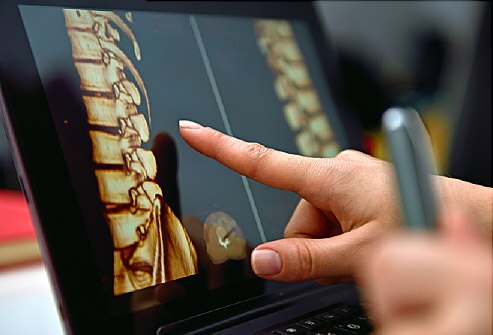



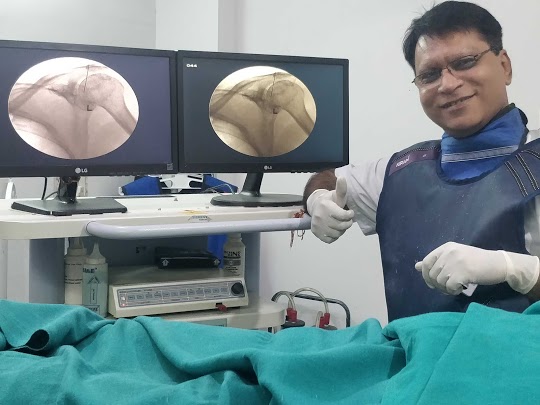
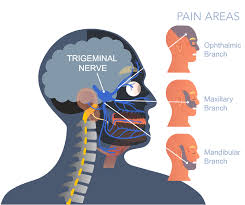




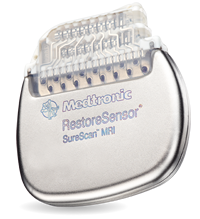







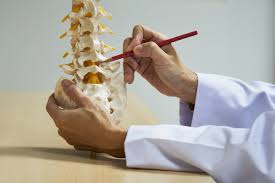
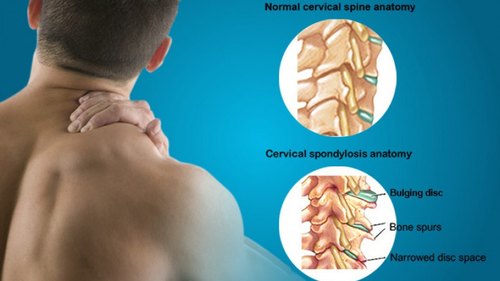
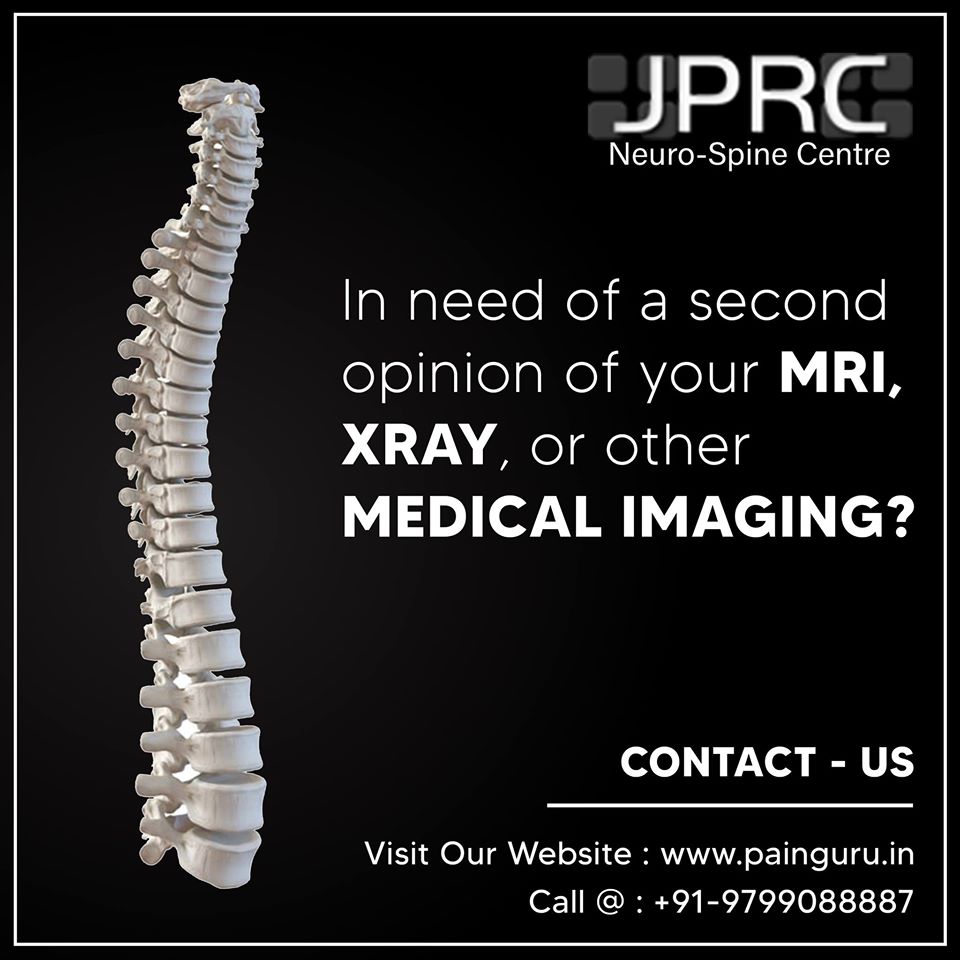










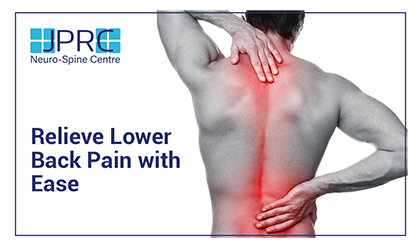





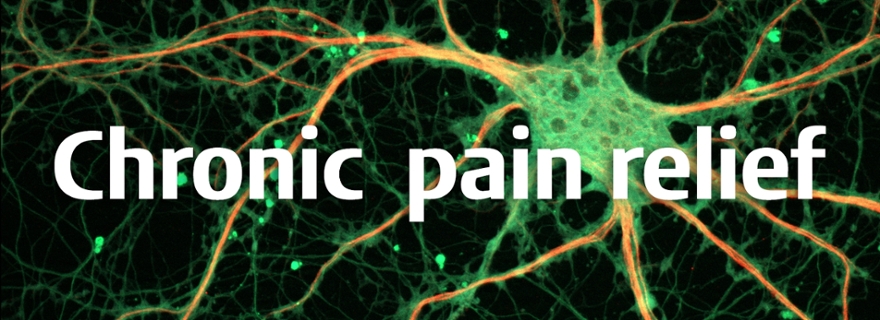


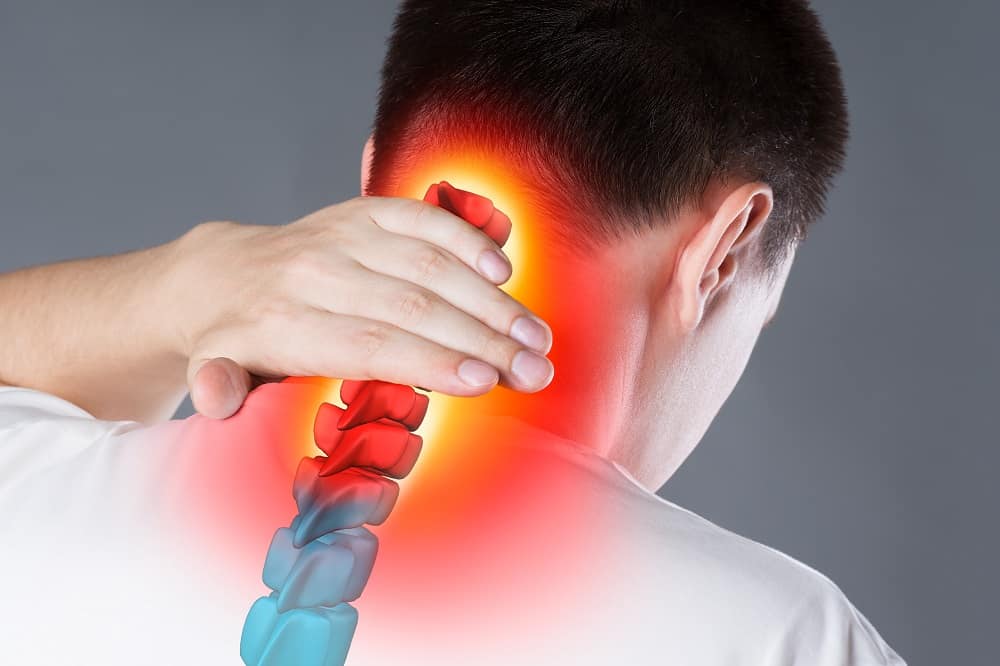
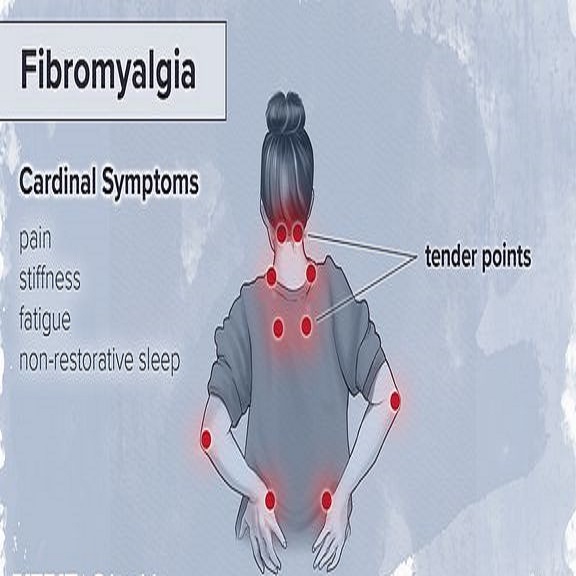
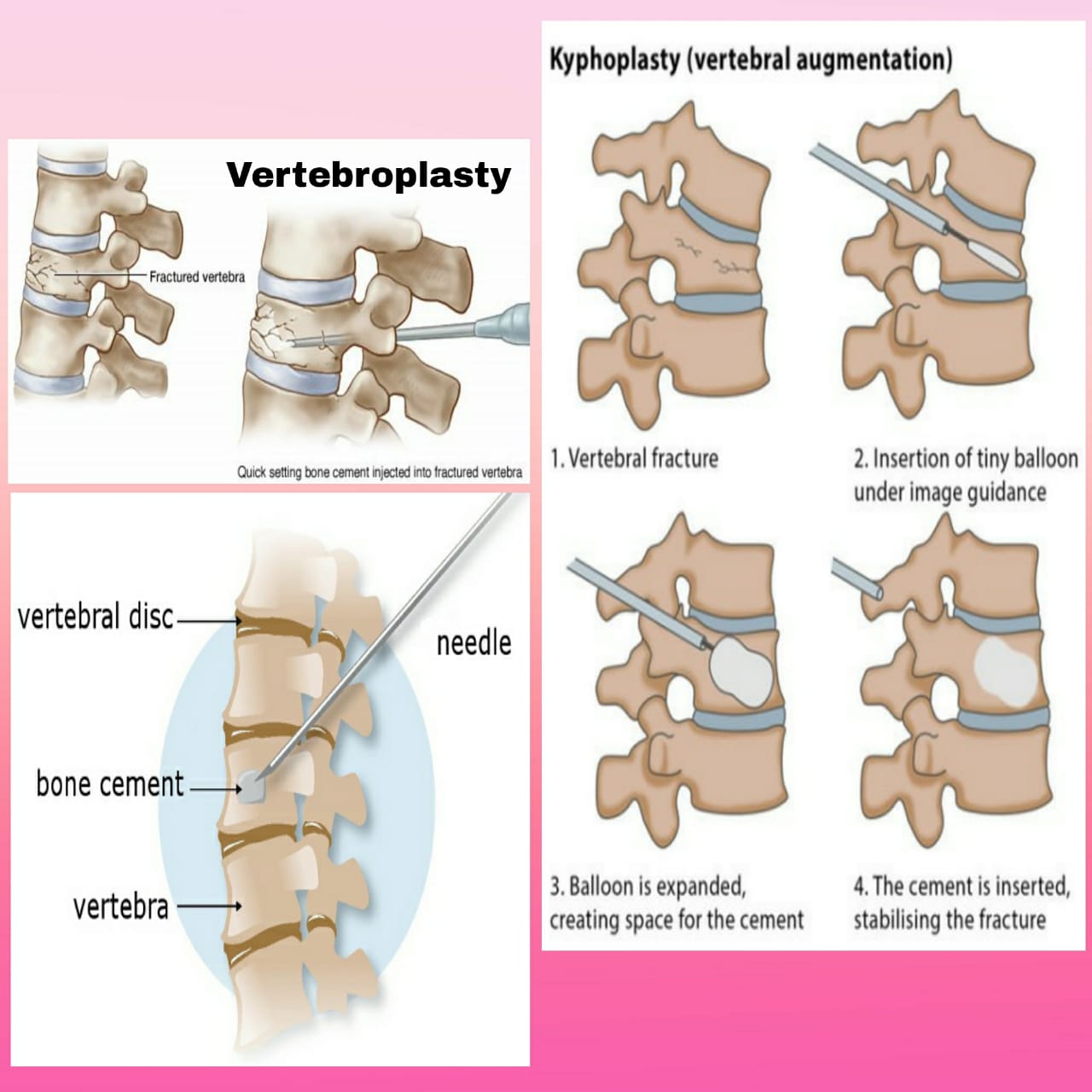


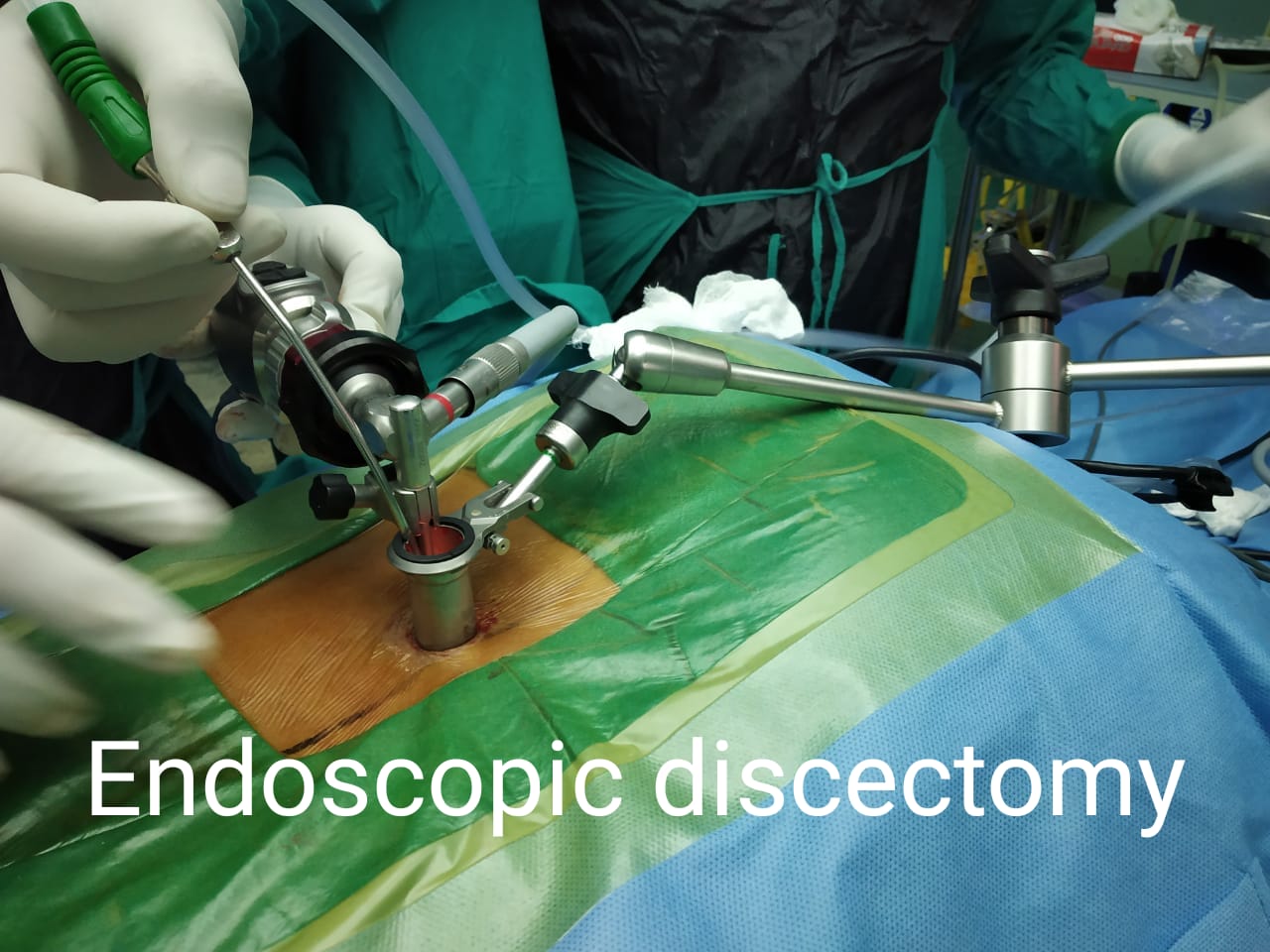



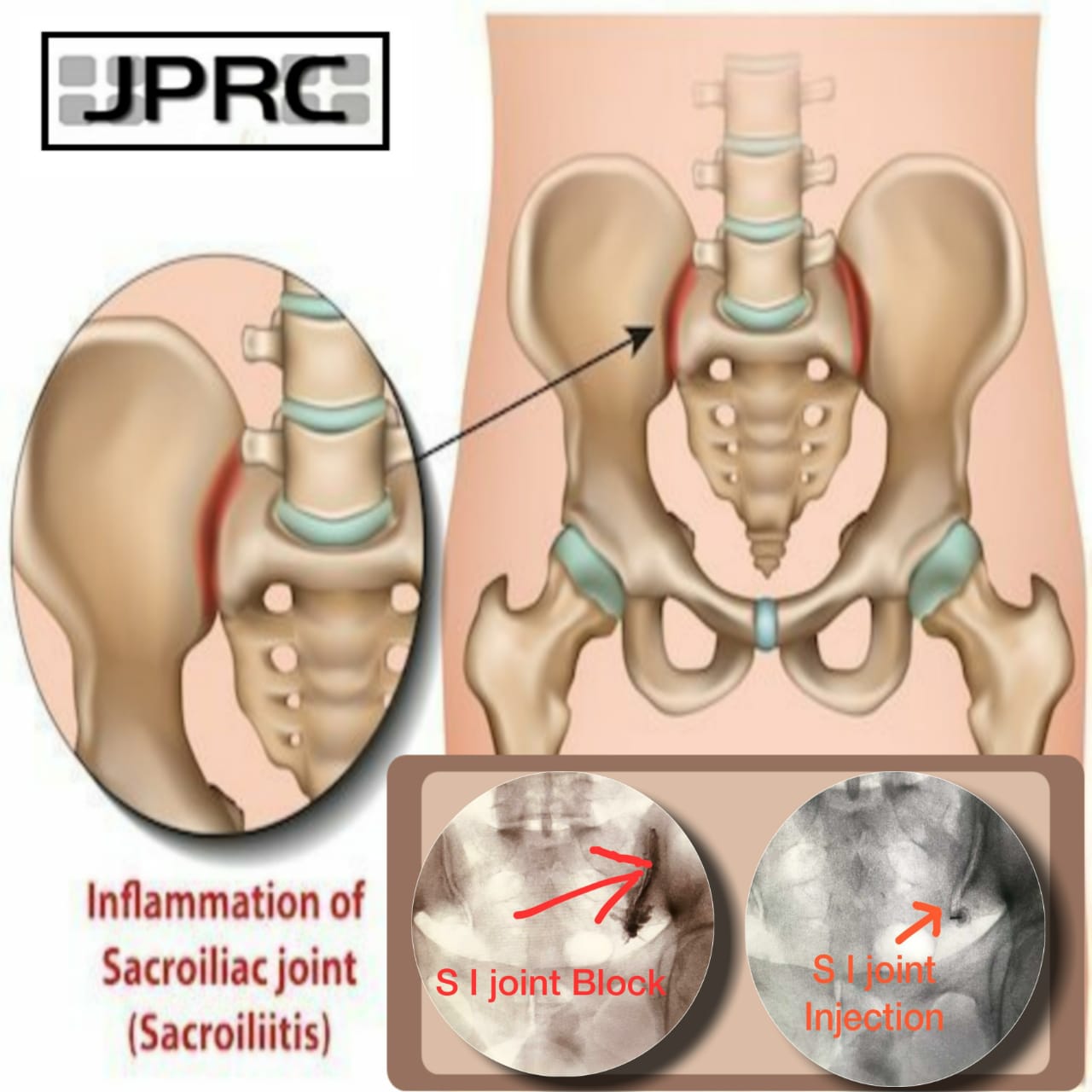





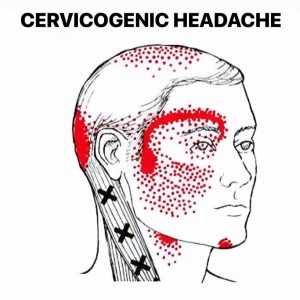




.jpg)



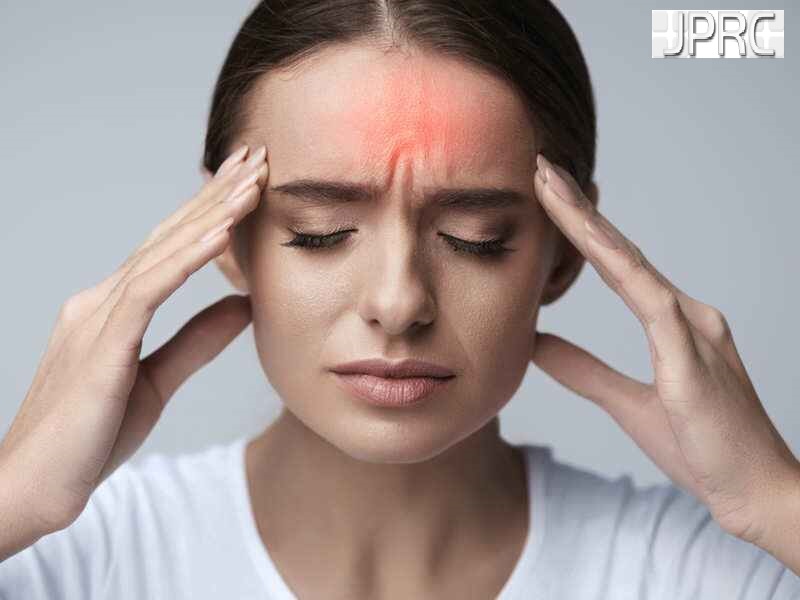
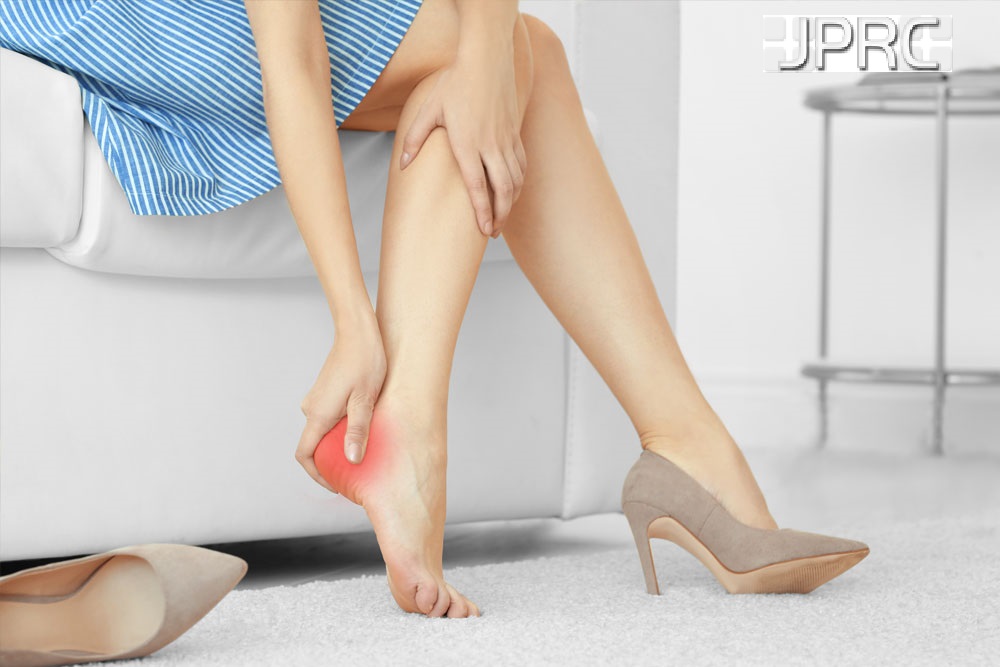
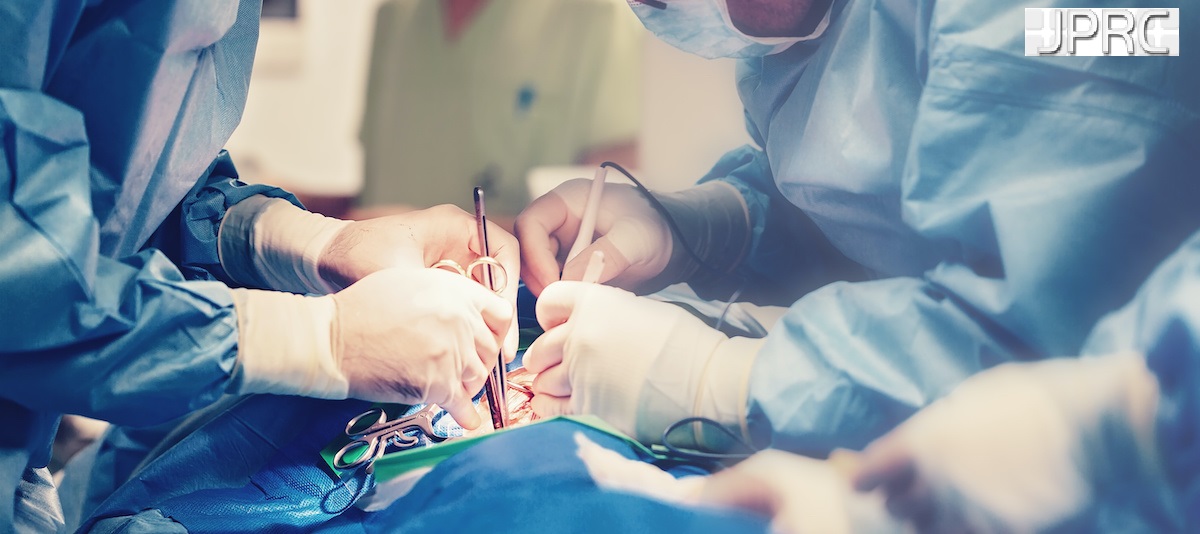
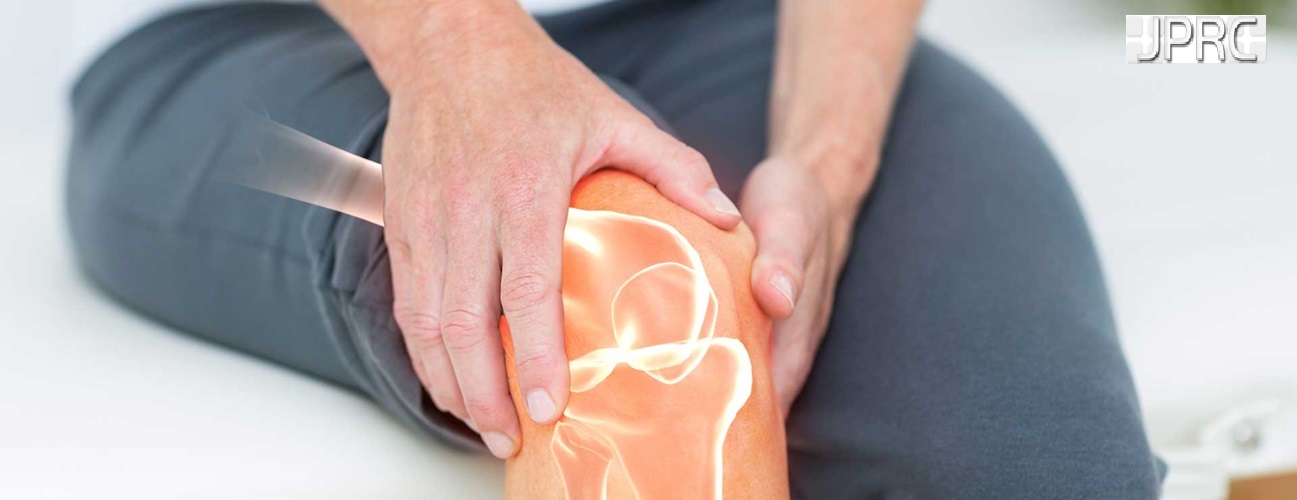

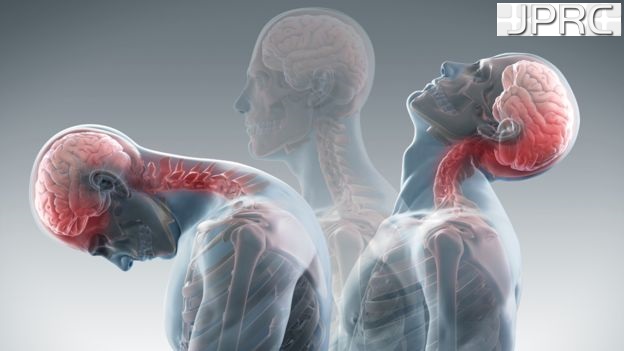


_Injection_Description_in_Hindi.jpg)







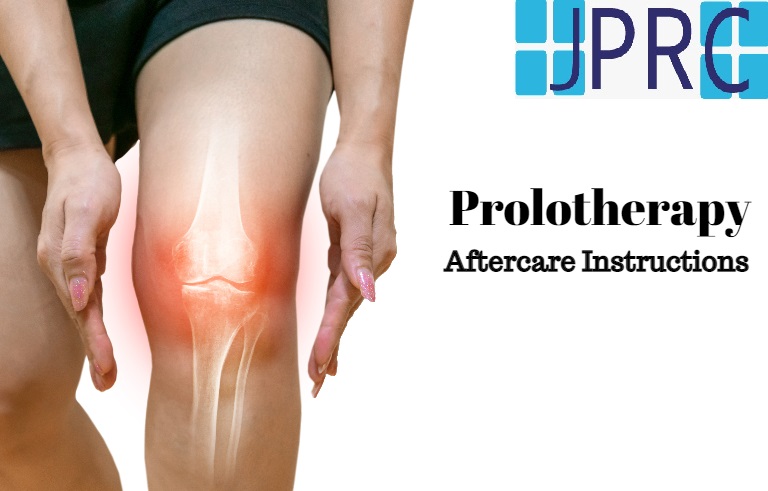
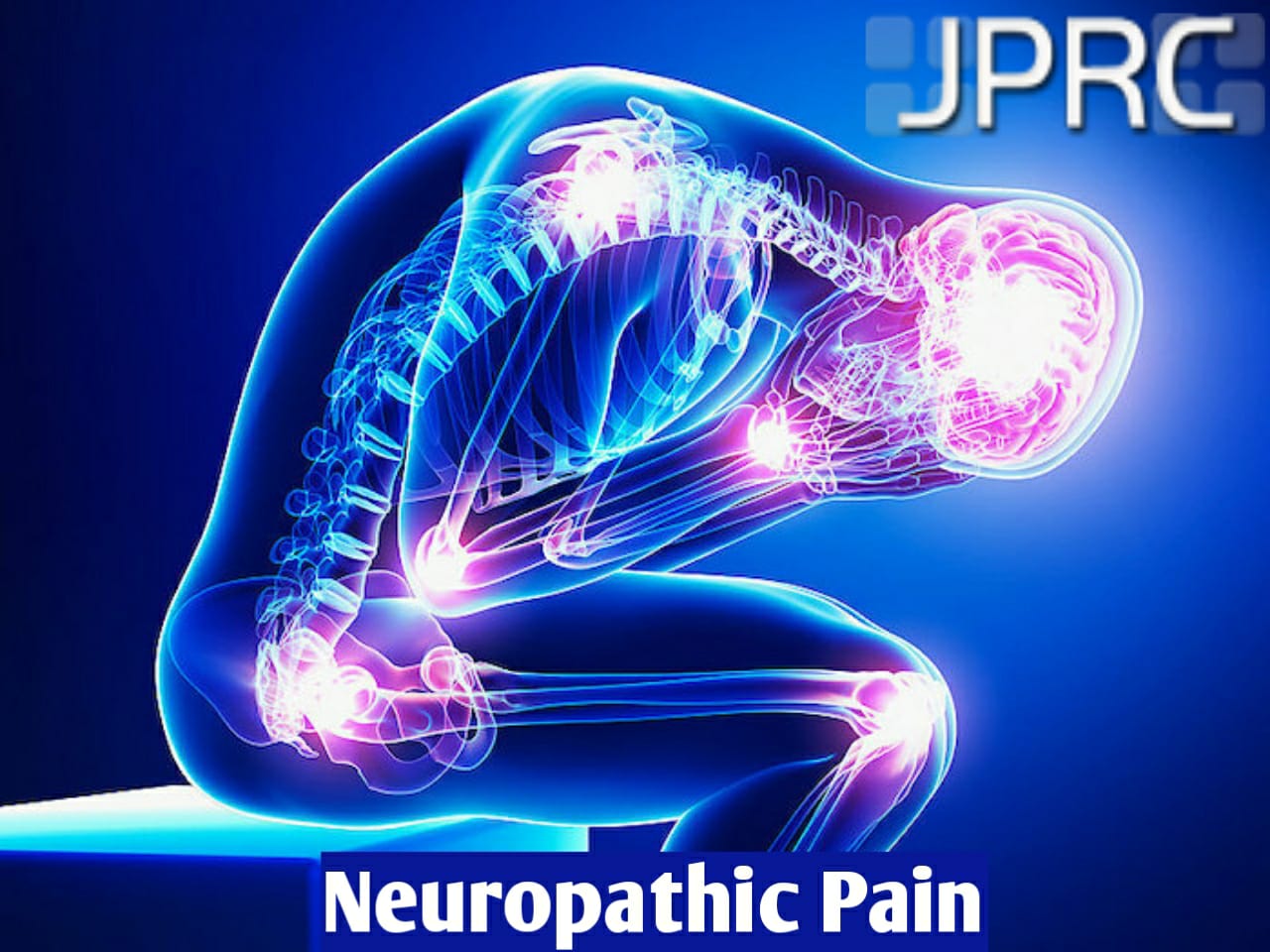
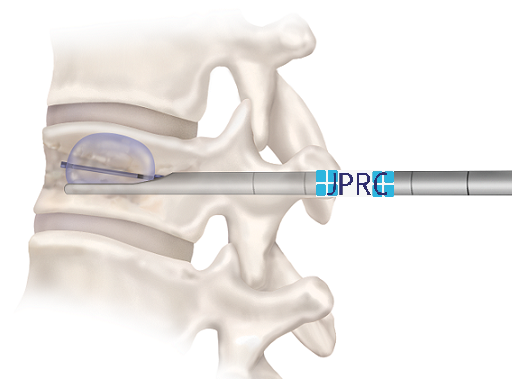
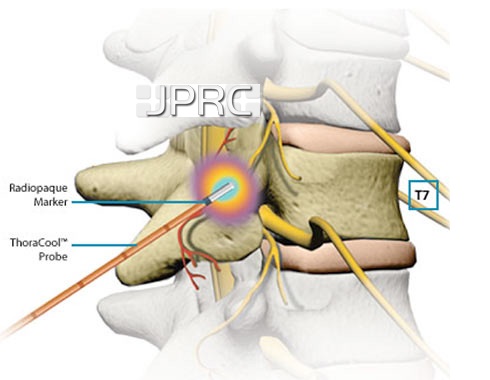



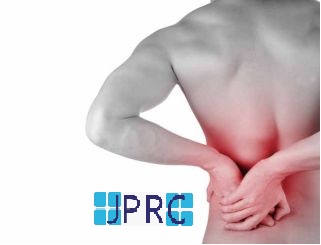

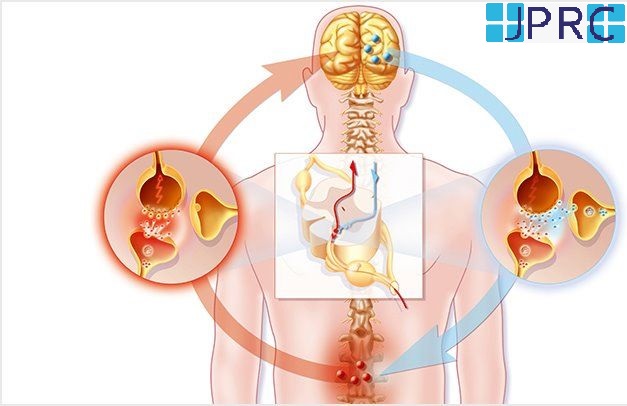

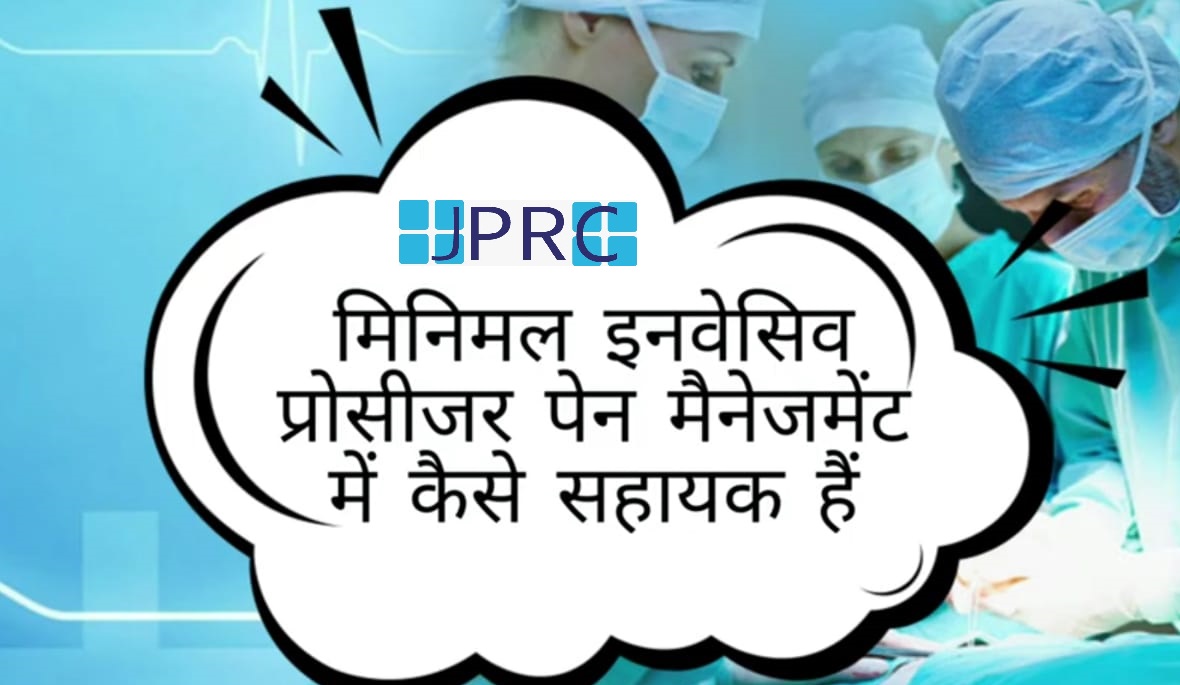
.jpg)
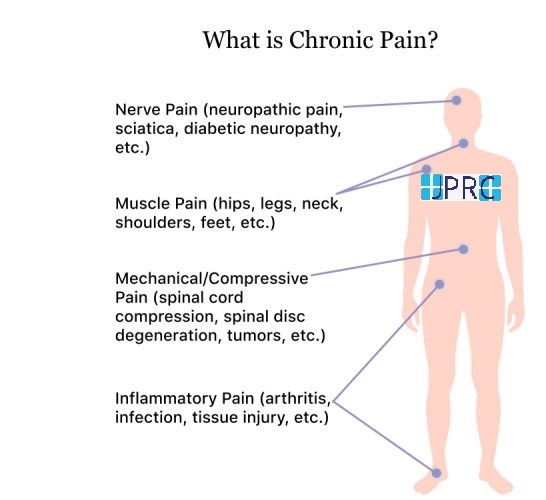
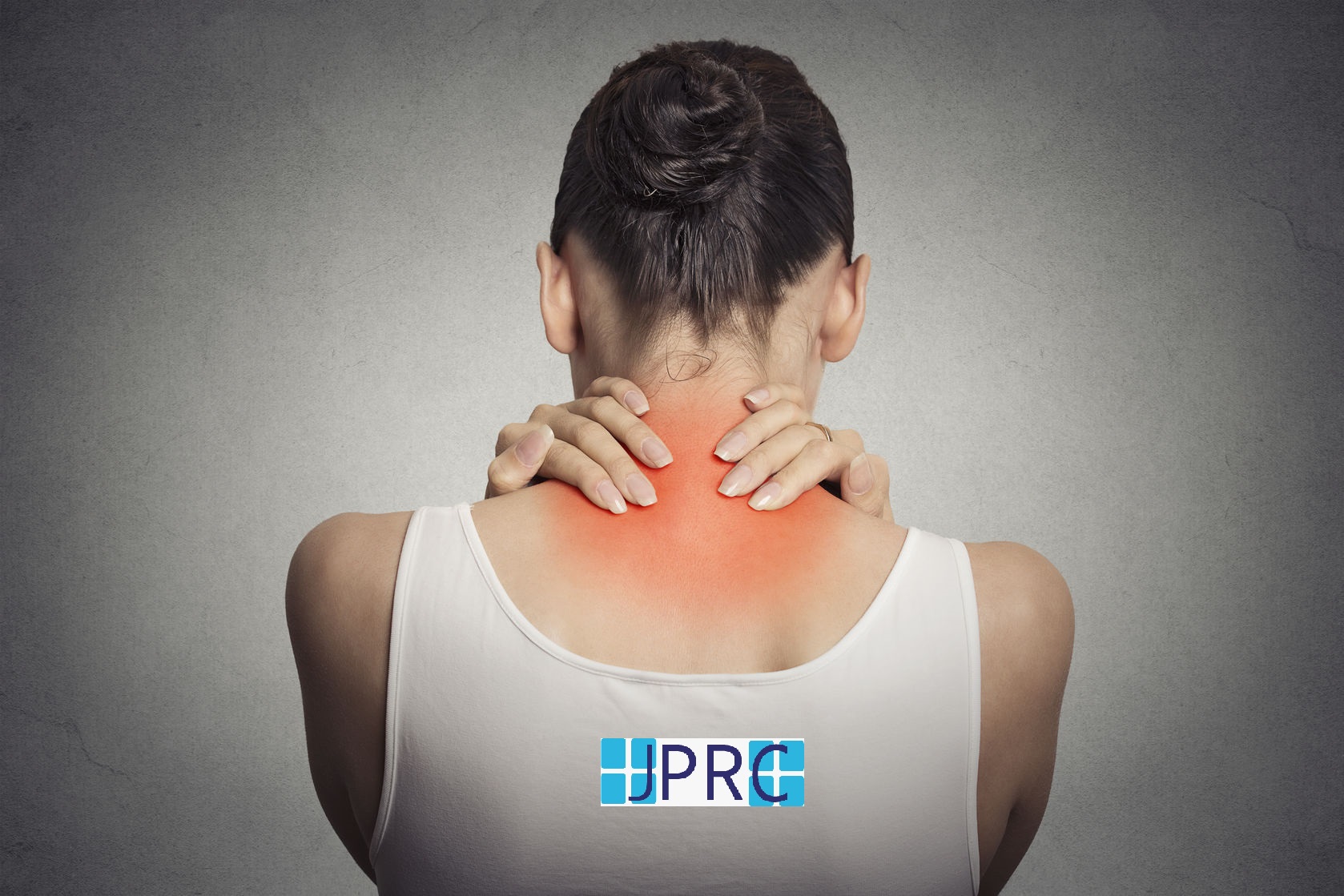
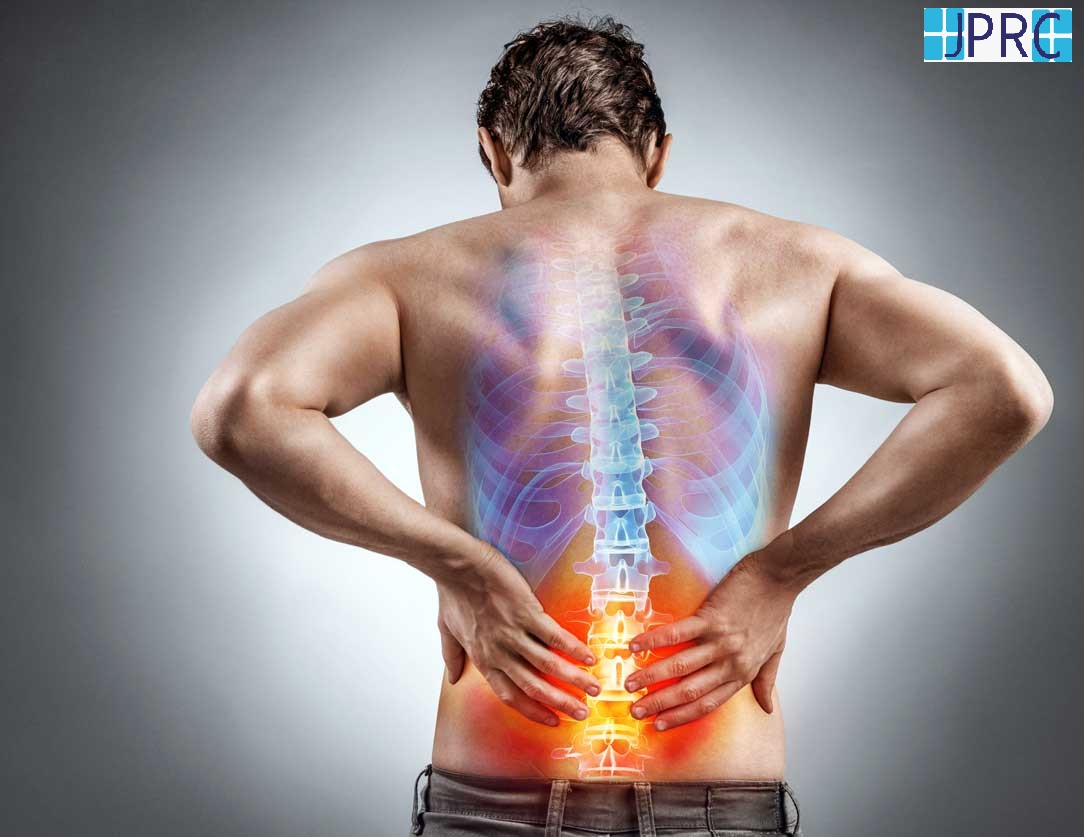

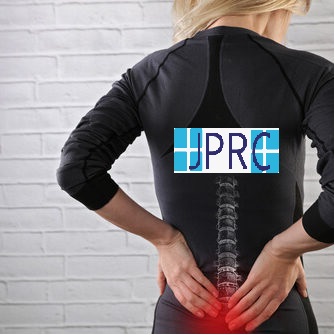



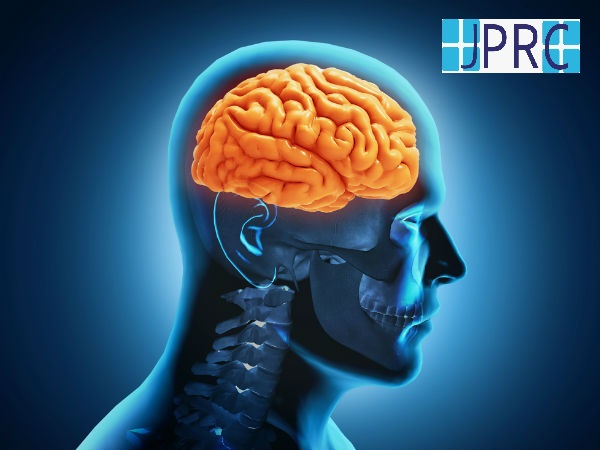

.jpg)
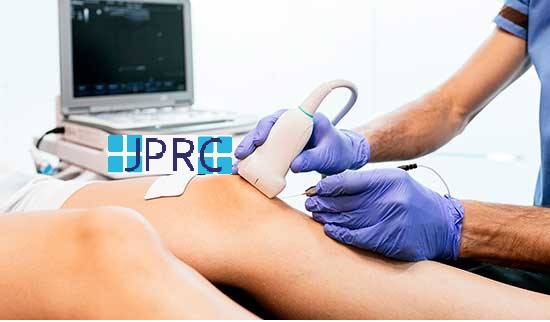

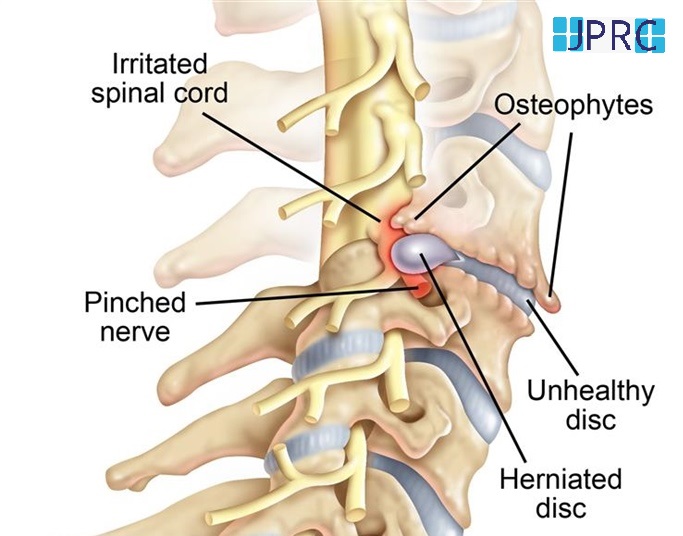

.jpg)
.jpg)
.jpg)




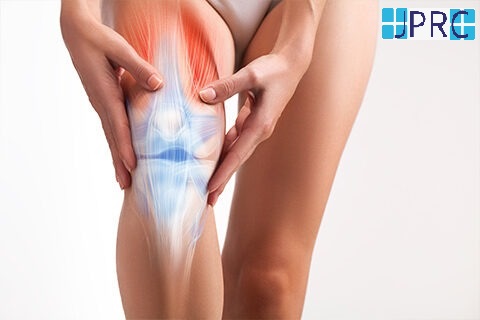


.jpg)
.jpg)
.jpg)
.jpg)
.jpg)
.jpg)
.jpg)
.jpg)
.jpg)
.jpg)
.jpg)
.jpg)
.jpg)
.jpg)
.jpg)
.jpg)
.jpg)
.jpg)
.jpg)
.jpg)
.jpg)
.jpg)



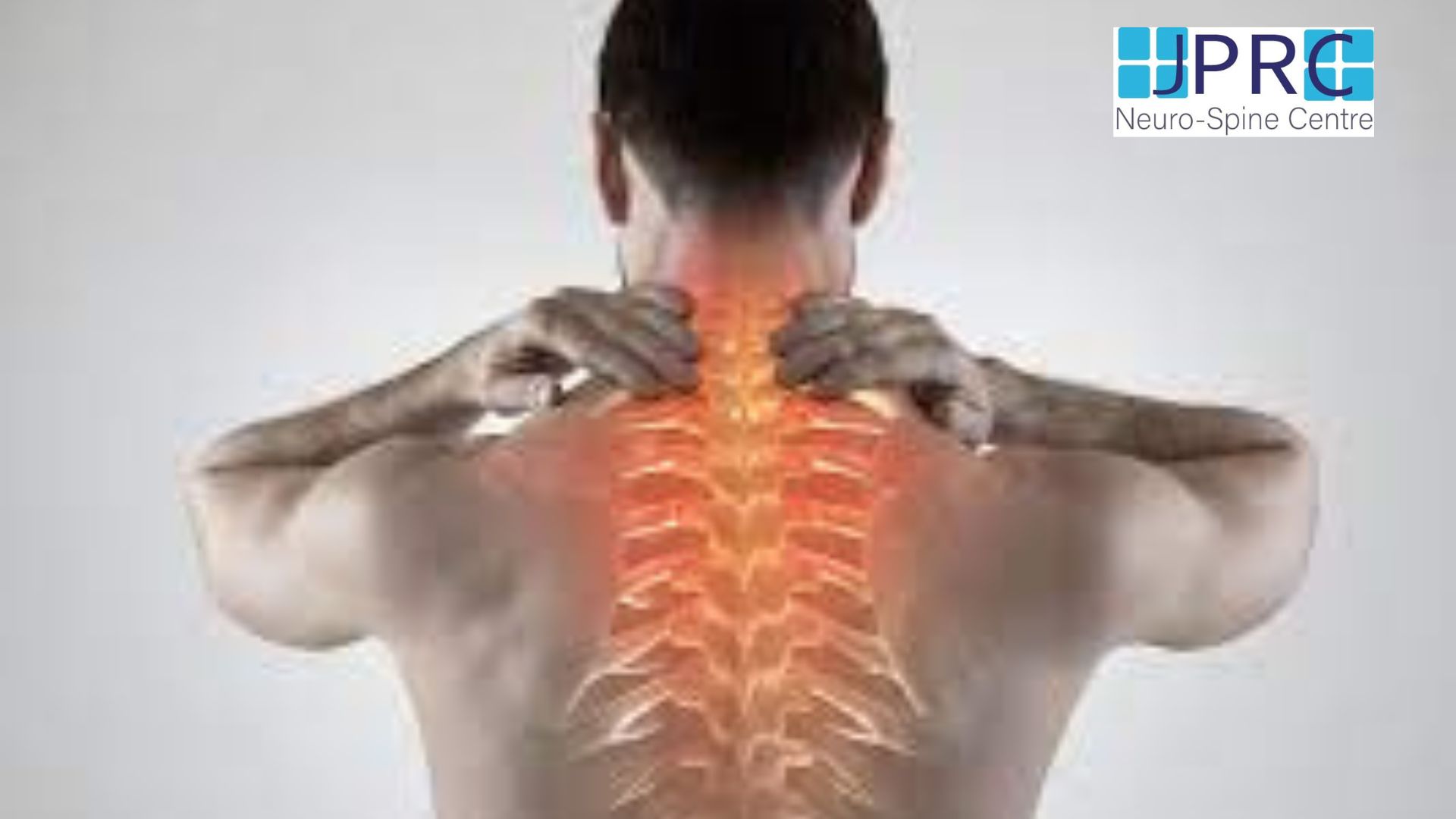
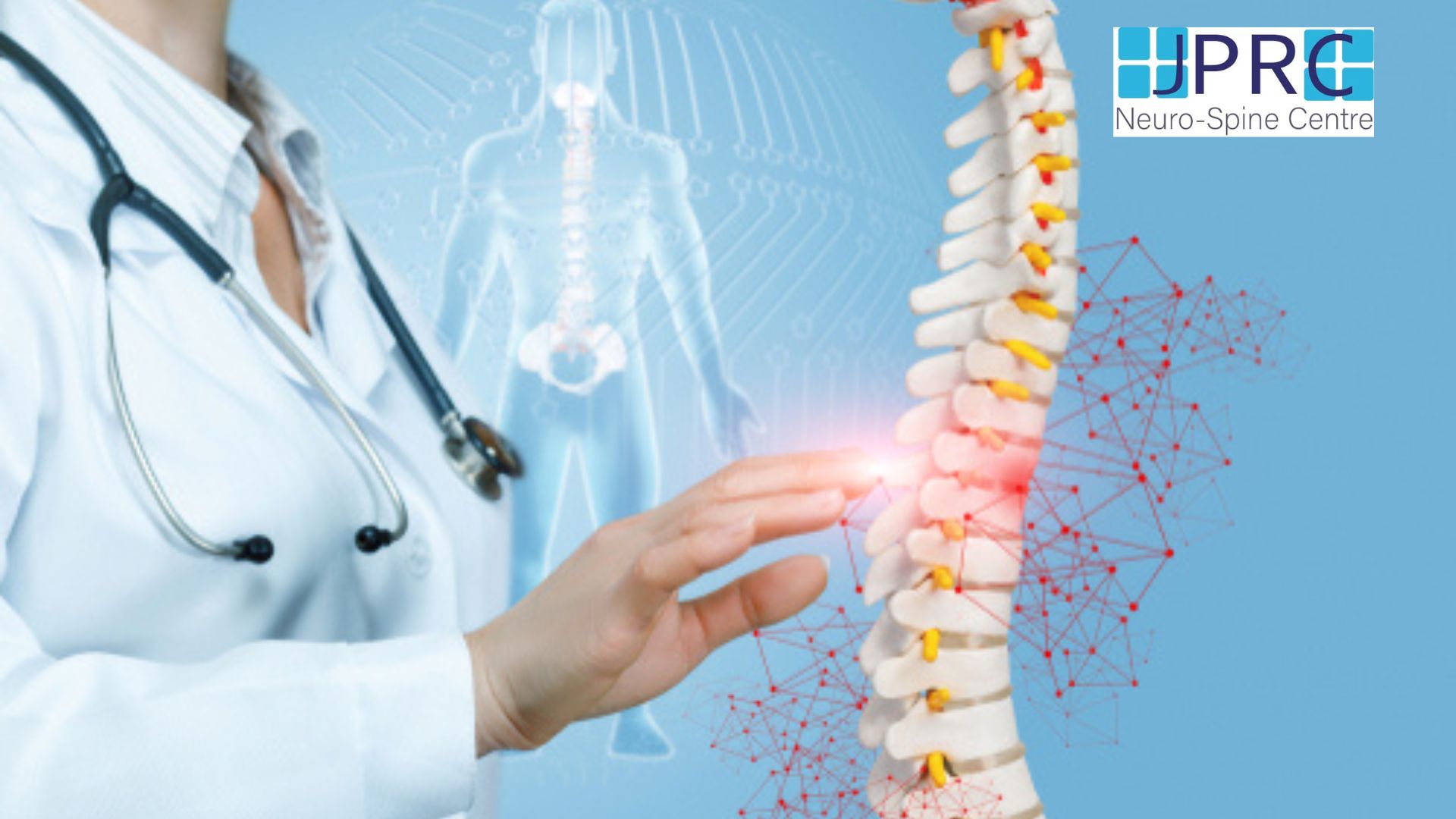



1.jpg)
1.jpg)
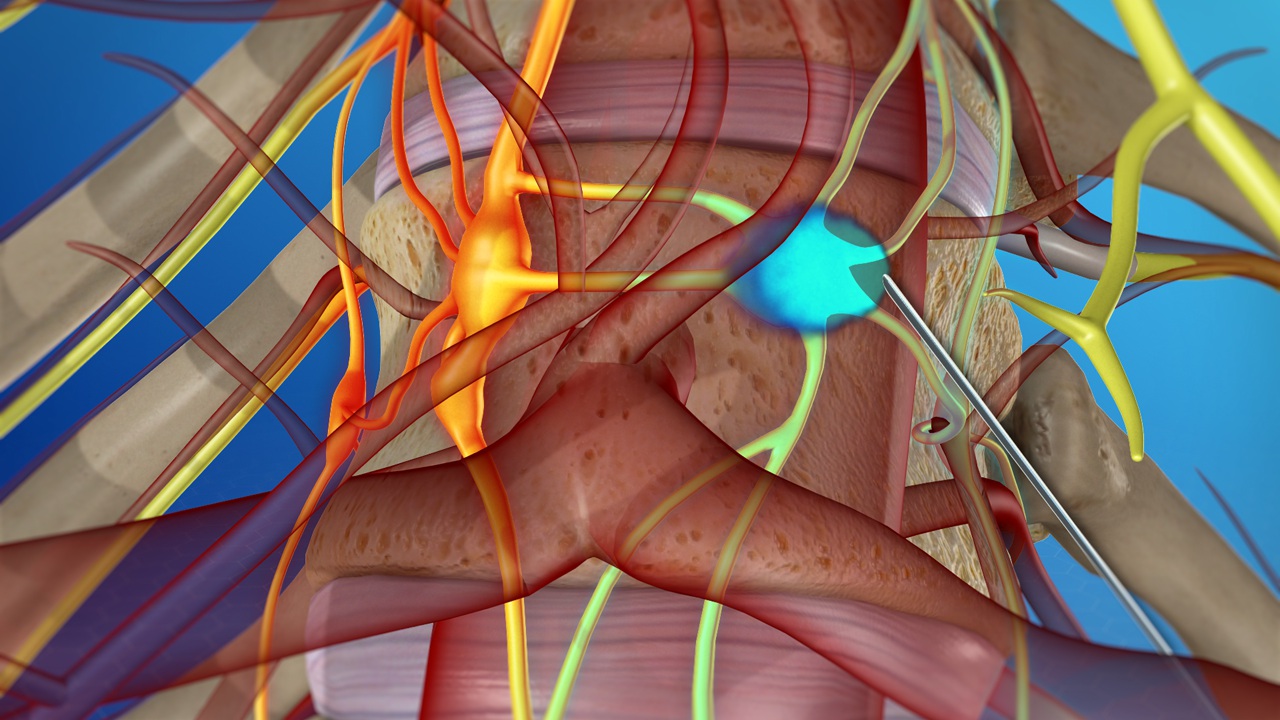
1.jpg)
1.jpg)
1.jpg)
1.jpg)
1.jpg)

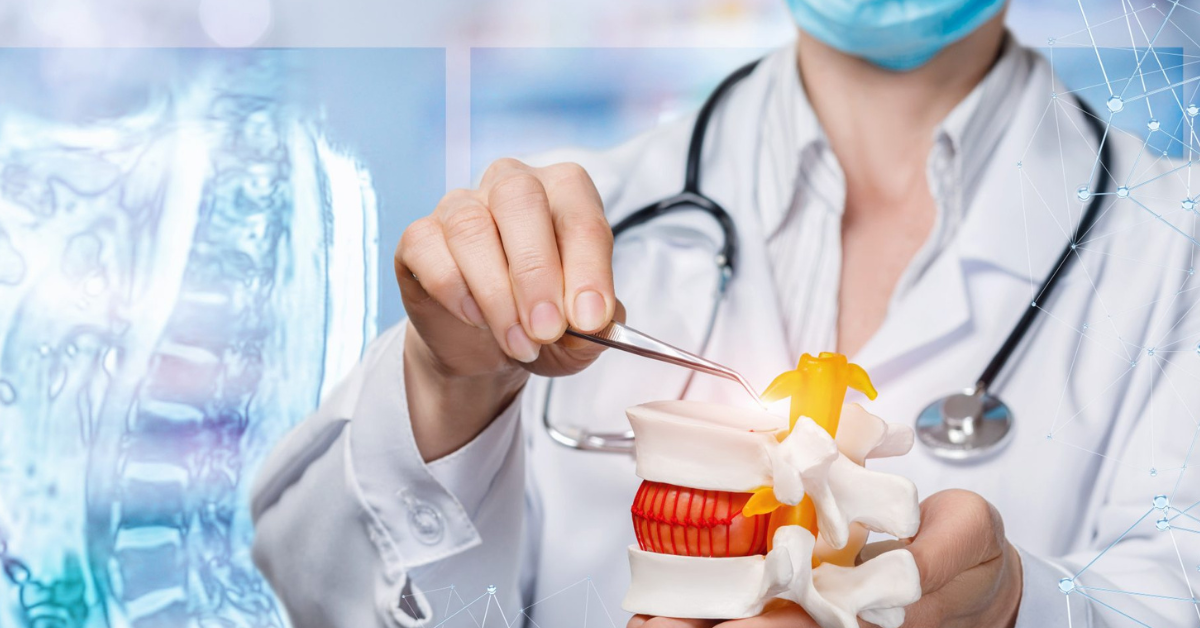








2.jpg)
3.jpg)
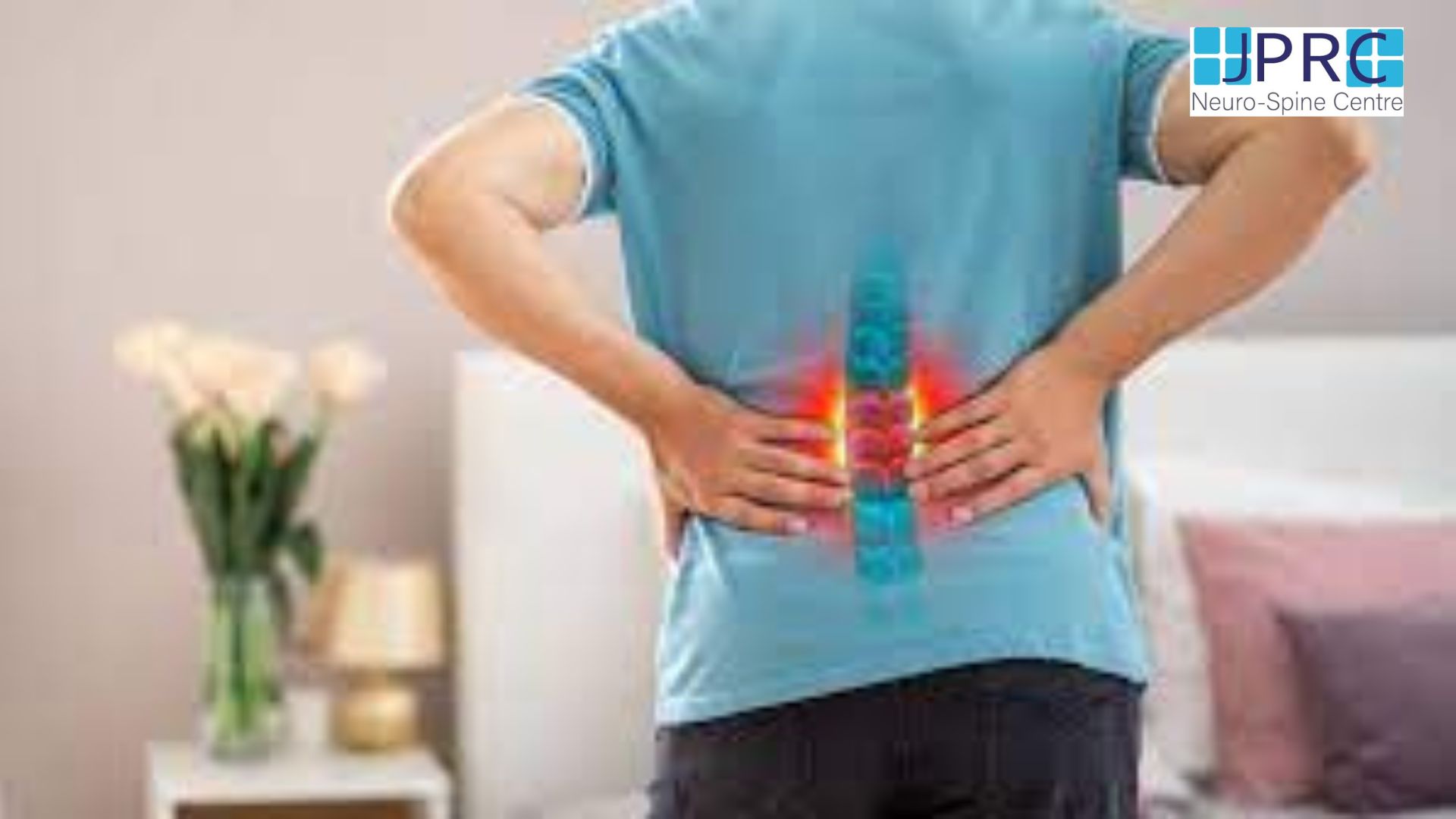
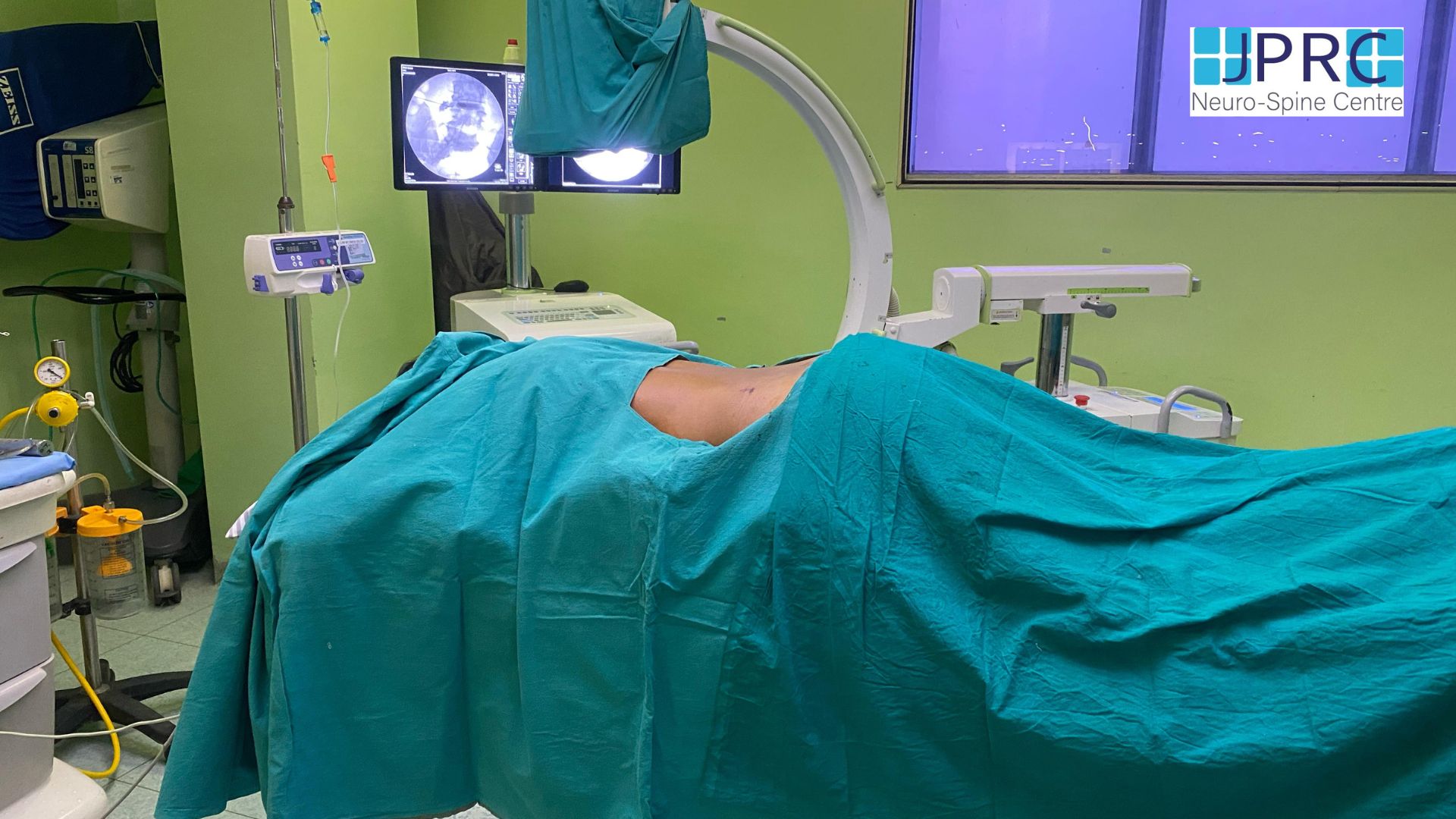
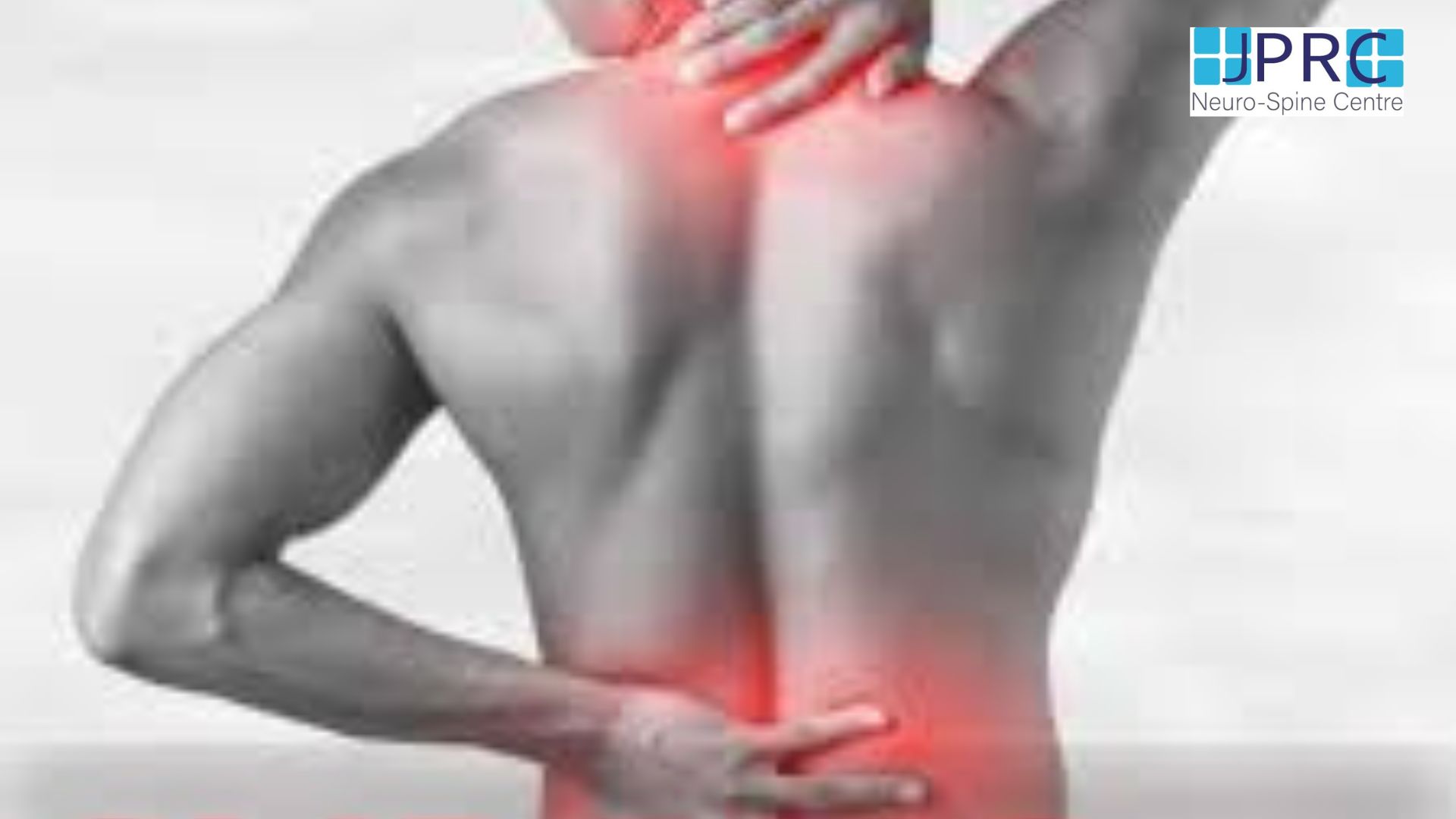
4.jpg)
1.jpg)
2.jpg)
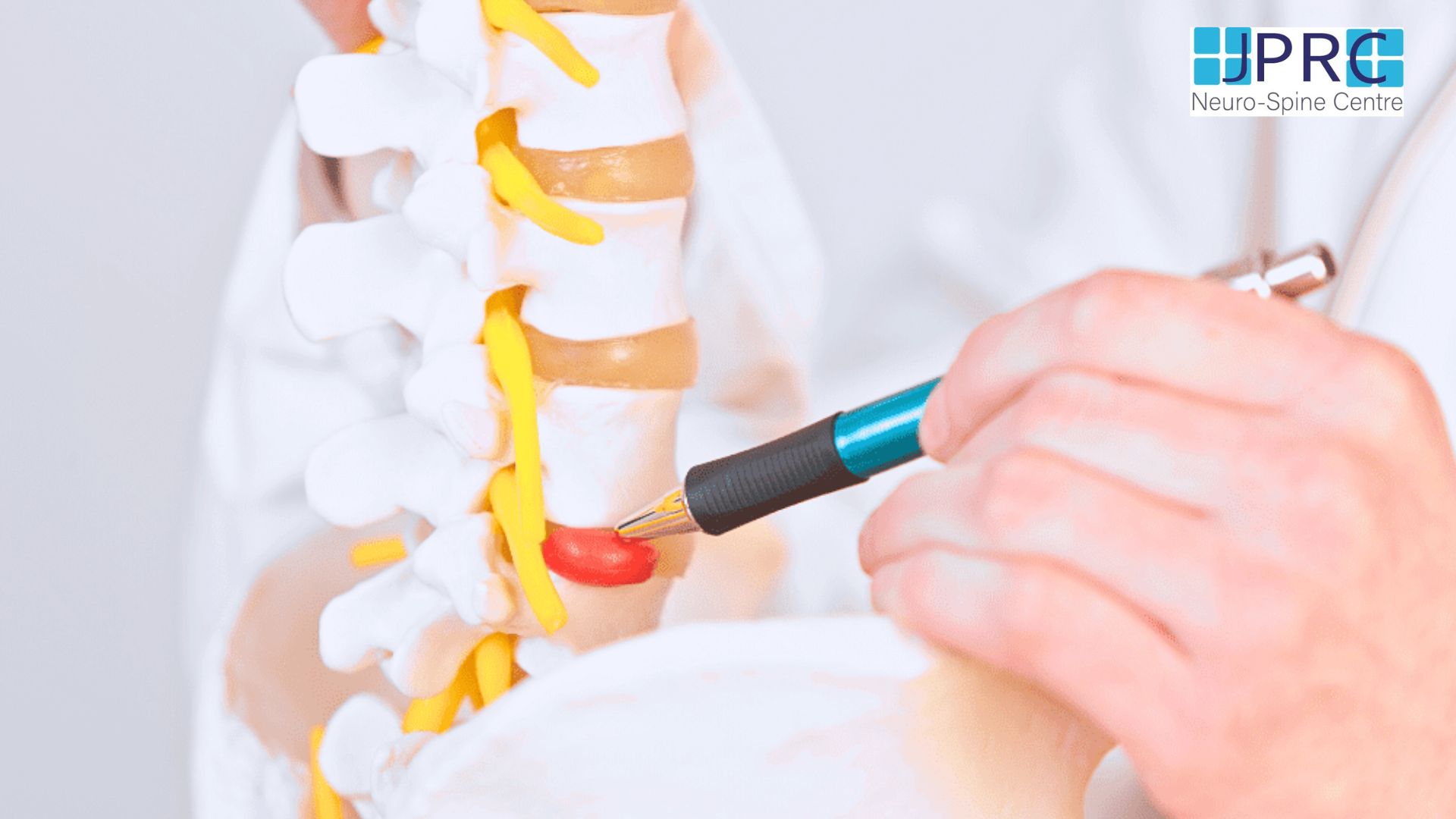
5.jpg)
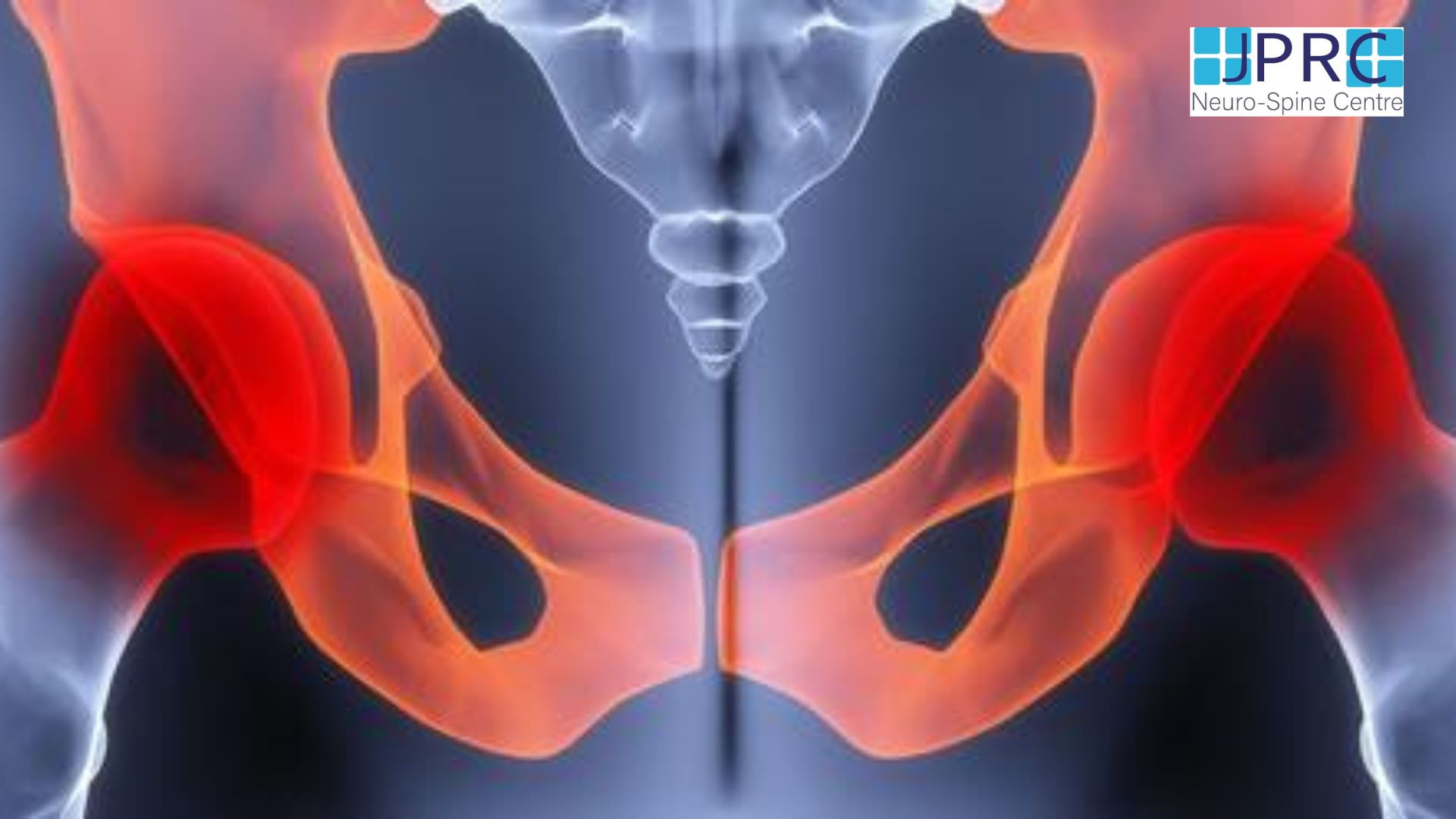
6.jpg)
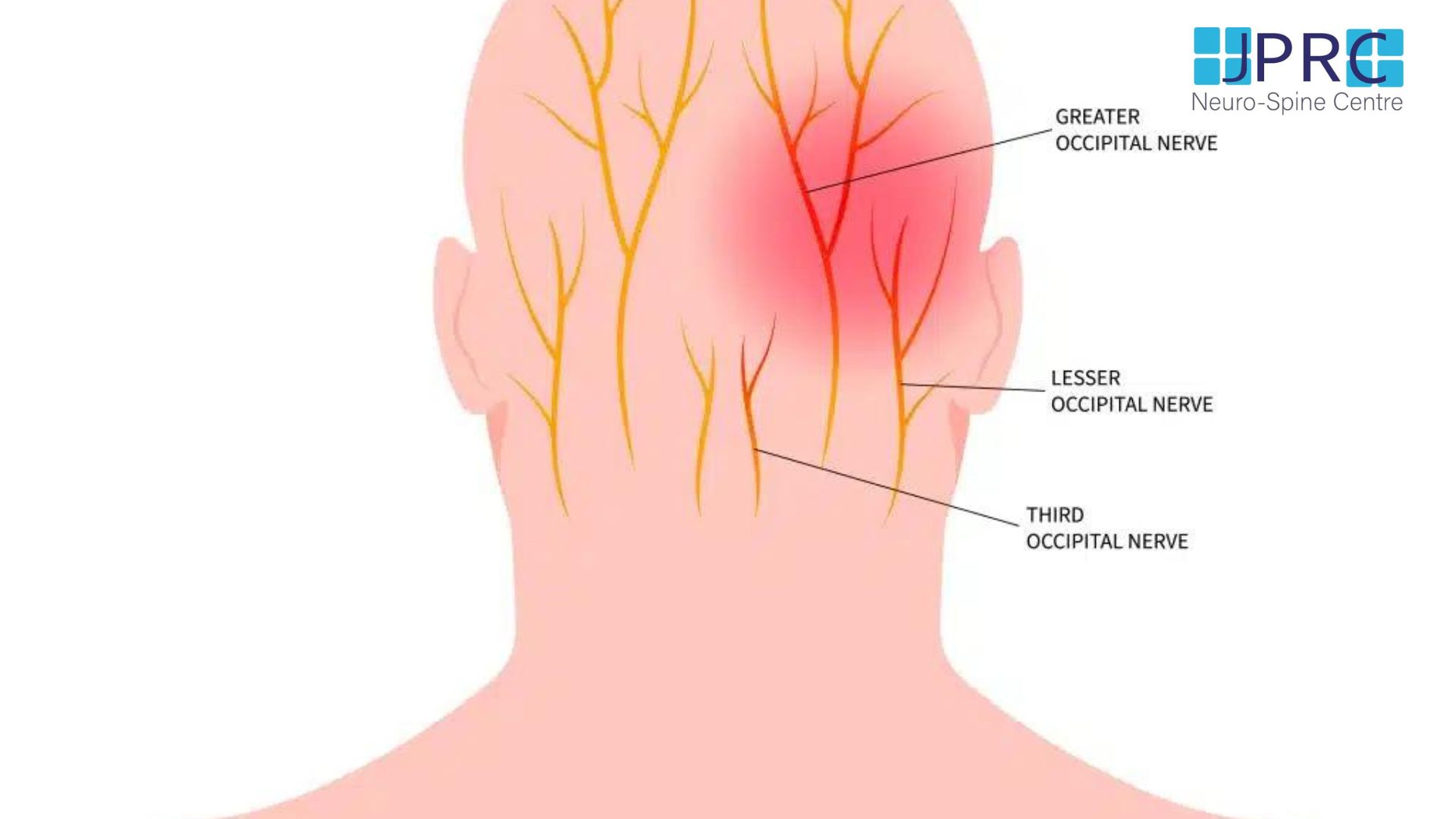


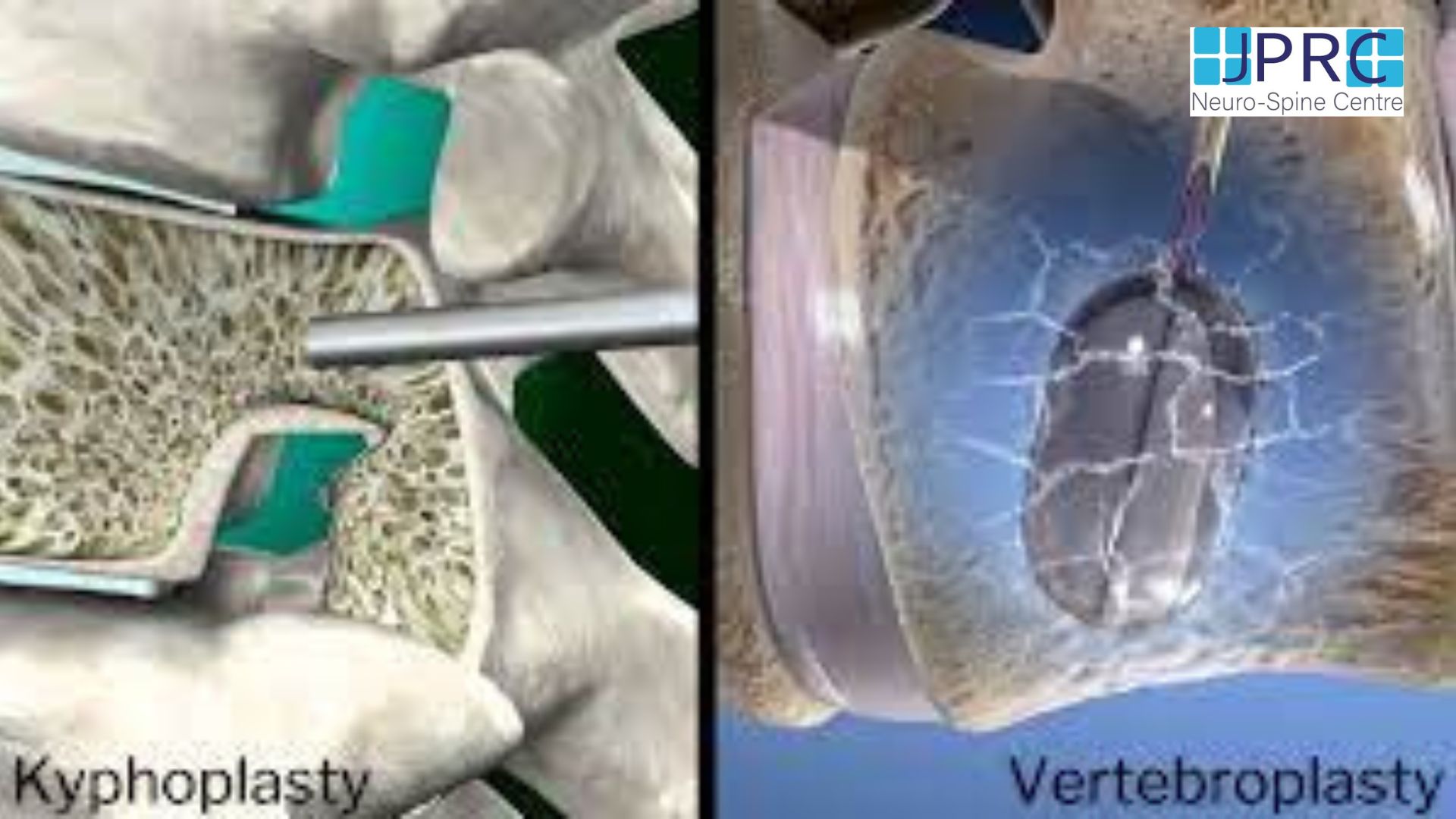
7.jpg)
2.jpg)

8.jpg)

9.jpg)
3.jpg)

10.jpg)

11.jpg)


12.jpg)
4.jpg)


























